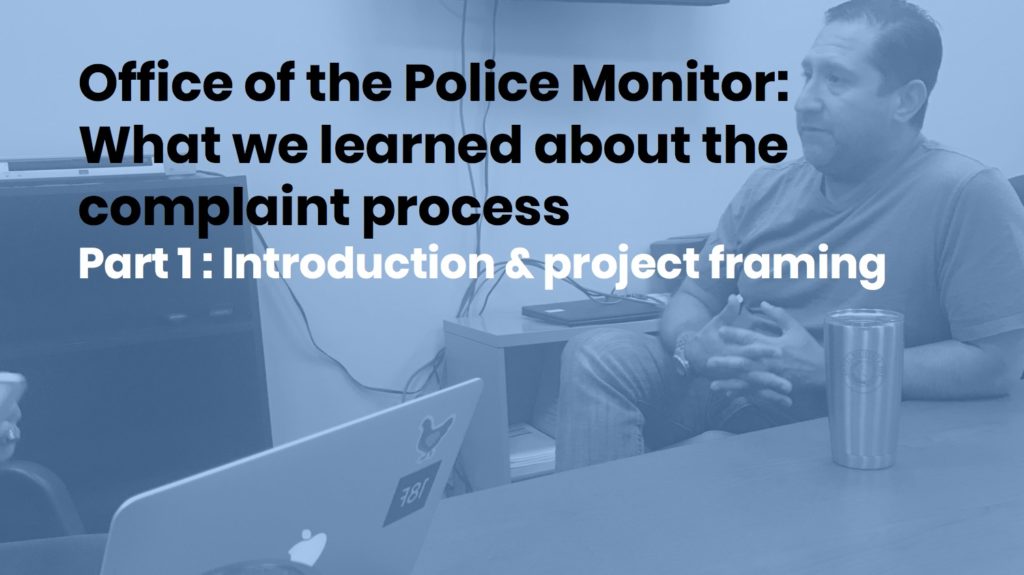Cross-posted at PaperCensus.org. Paper Census is an ATA program in collaboration with the City of Austin.
From fixing potholes to issuing building permits to providing free health clinics, the City of Austin provides residents, businesses, and visitors with a variety of services. As a government agency, it’s important that our City provides the public with service experiences that are accessible, reliable, and easy.
Paper Census, a program of Austin Tech Alliance, partners with different City departments to identify and prioritize City services that reap the most benefit from a paperless transformation. By understanding departments’ current challenges and learning how to improve their services and day-to-day operations we streamline delivery of services to the public, improve access to services, slash costs, and create endless opportunities for data-informed decision-making.
Austin Tech Alliance, in collaboration with the City of Austin’s Office of Design and Delivery, partnered with the Office of the Police Monitor to understand the current pain points and obstacles residents face when submitting complaints about their experience with the Austin Police Department (APD).
About the Office of the Police Monitor
The Office of the Police Monitor (OPM) is an independent, civilian, administrative office. The OPM provides oversight of APD in addressing concerns and complaints of alleged administrative violations of APD policy. OPM s the vehicle for citizens to voice and file complaints of misconduct by APD officers.
Centering around the user
Before getting into project details, center your thinking around the user and empathize with them by putting yourselves in the shoes of a resident. This resident was trying to visit the Office of the Police Monitor’s office building to submit a complaint:
| “The elevator wasn’t working, and I can’t take the stairs since I’m disabled.” | “I didn’t get a timeline, or updates on the case. They just said to wait, and they would call back.” | “I thought the Office of Police Monitor would do something to hold the officer accountable.” | |
| “I didn’t understand 70% of what the woman told me.” | “I signed something eventually, but I don’t know what it was since it was in English.” | “Once I entered, no one knew where the Police Monitor office was. I’m a permanent resident, so I don’t have a Texas ID and they wouldn’t let me in.” | |
| “I waited for hours until APD gave me a meeting with IA and gave me a paper with contact info.” | “I didn’t know how to find the building, and once I got there the handicapped spots were taken by cars without hangtags.” | ||
Our challenge was to understand how we might help the Office of the Police Monitor make the complaint process more accessible and responsive to public needs by:
- understanding how complaint intake, processing, and follow up works including any pain points, opportunities, and/or gaps in these processes
- identifying opportunities to address pain points and gaps and test ideas to help the Office of the Police Monitor deliver a more accessible and responsive service
Learn about our research process and prototyping methods in Part 2 of this four-part series. To learn more about Paper Census, visit papercensus.org and follow us on Twitter.

